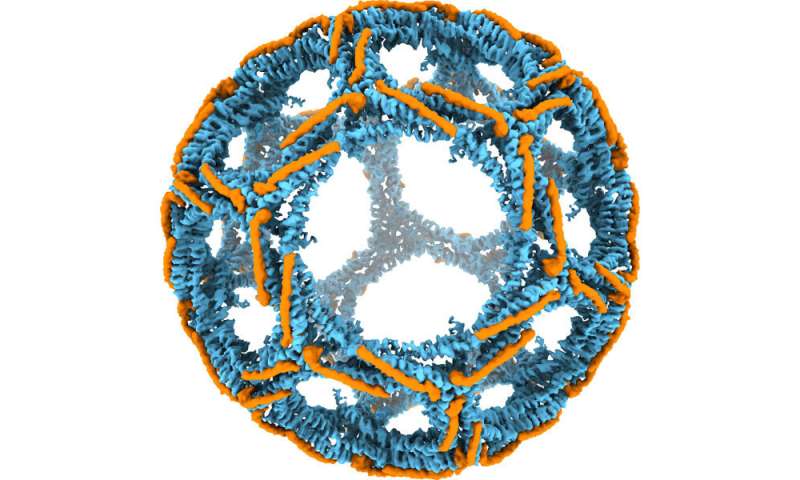
A “key to cellular metabolism”:
Scientists have previously observed cells create vesicles—fluid-filled sacks that move materials within a cell or from one cell to another. They have also observed a protein called clathrin form a cage-like arrangement that made up the outside structure of vesicles.
But there were still questions about how exactly clathrin forms those structures and what determines the shapes it can take.
Using high-powered microscopes, the FSU researchers discovered that another protein, known as an adaptor protein, ties multiple clathrin molecules together in a way that allows those structures to take on different sizes.
They also showed that the clathrin coat could make a so-called “basket” shape, and one that scientists had thought the protein could not form, showing that clathrin assembly is more complicated than previously thought.
“We learned a lot about clathrin-coated vesicles by looking at the ones that were made by cells themselves,” said Mohammadreza Paraan, a researcher at FSU’s Institute of Molecular Biophysics and the study’s lead author. “We found new structures and patterns that really surprised us.”
Florida State University, “Biologists shed light on how cells move resources” at Phys.org
Paper. (open access)
Again, funny how it’s all so intricately interconnected but it somehow supposedly “just happened.” Bet there’s lot’s more to learn, too.